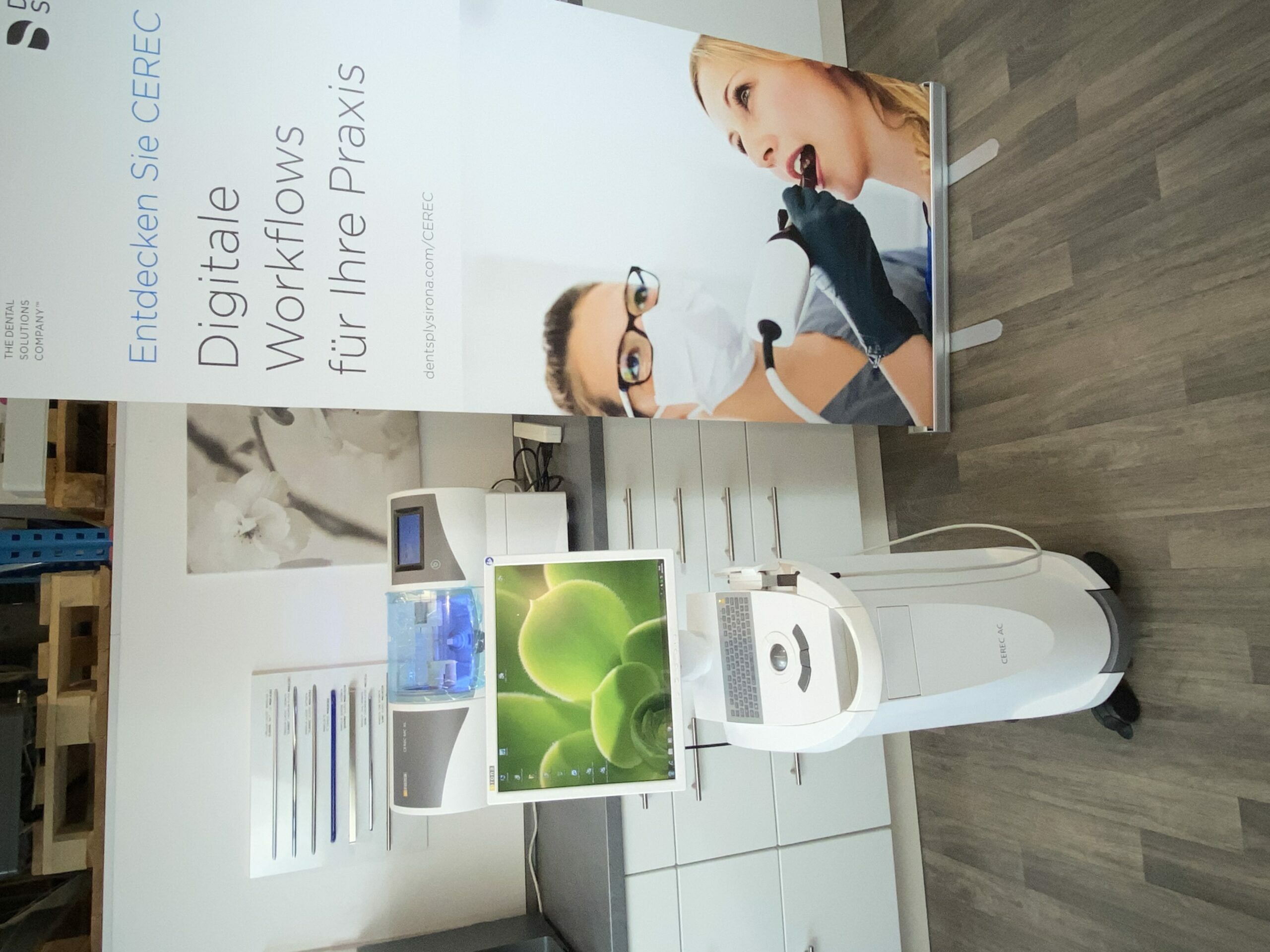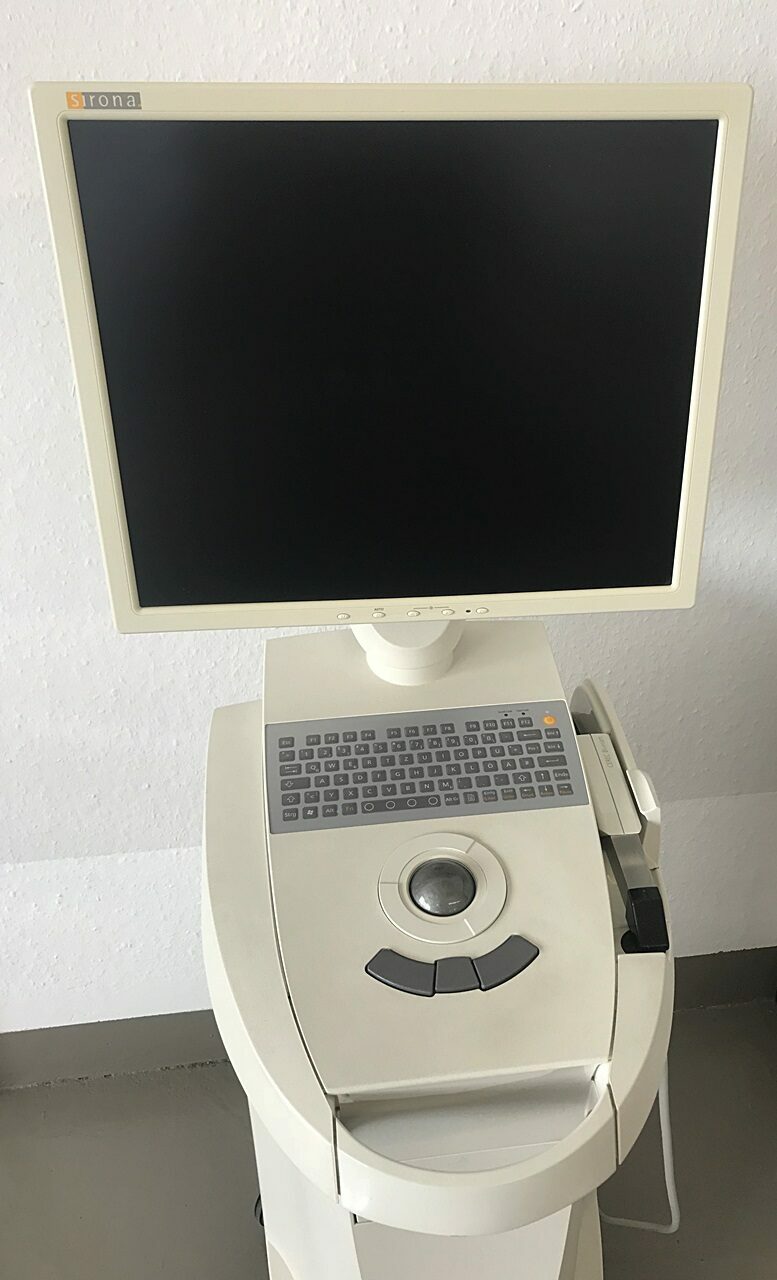

The E4D Dentist System (D4D Technologies) was introduced in 2008 with its DentaLogic software offering a true three-dimensional virtual model. This is the first in-office zirconia sintering furnace that can sinter preshaded CEREC zirconia material (CEREC Zirconia) in 10 to 15 minutes, as compared to the multiple hours that are generally necessary for sintering laboratory processed zirconia restorations.Īn increasing number of chairside systems have been introduced since the late 2000s. Single-visit, full-contour, milled zirconia restorations are then further processed by sintering and glazing the restoration in the CEREC SpeedFire sintering furnace.

The newest version is a dry grinding and wet milling unit that is the first in-office means by which to dry mill zirconia. The CEREC system is electronically connected to a milling unit. The Omnicam is connected to a chairside computer with the three-dimensional design software and a liquid crystal display (LCD) monitor. 5,6 The Omnicam is the imaging camera of the CEREC AC acquisition unit. 4 The system has evolved through a series of hardware and software innovations and upgrades that culminated with the introduction of the first color-streaming powder-free intraoral camera in 2012, the CEREC Omnicam ( Fig. 2,3 The CEREC 1 unit marked the introduction of the CEREC system in 1985 with the first clinical trials reported in 1987. Mörmann's vision was to use CAD/CAM technology to deliver esthetic ceramic restorations with improved longevity in a single appointment that avoided the deleterious consequences polymerization shrinkage caused in composite restorations. Werner Mörmann, and an Italian electrical engineer, Marco Brandestini. The first functioning chairside CAD/CAM prototype was introduced in the 1980s through the collaboration between a Swiss prosthodontist, Dr.

Francois Duret conceptualized the first chairside CAD/CAM system in 1973. Neiva, in Sturdevant's Art and Science of Operative Dentistry, 2019 Chairside CAD/CAM Systemsĭr.


 0 kommentar(er)
0 kommentar(er)
